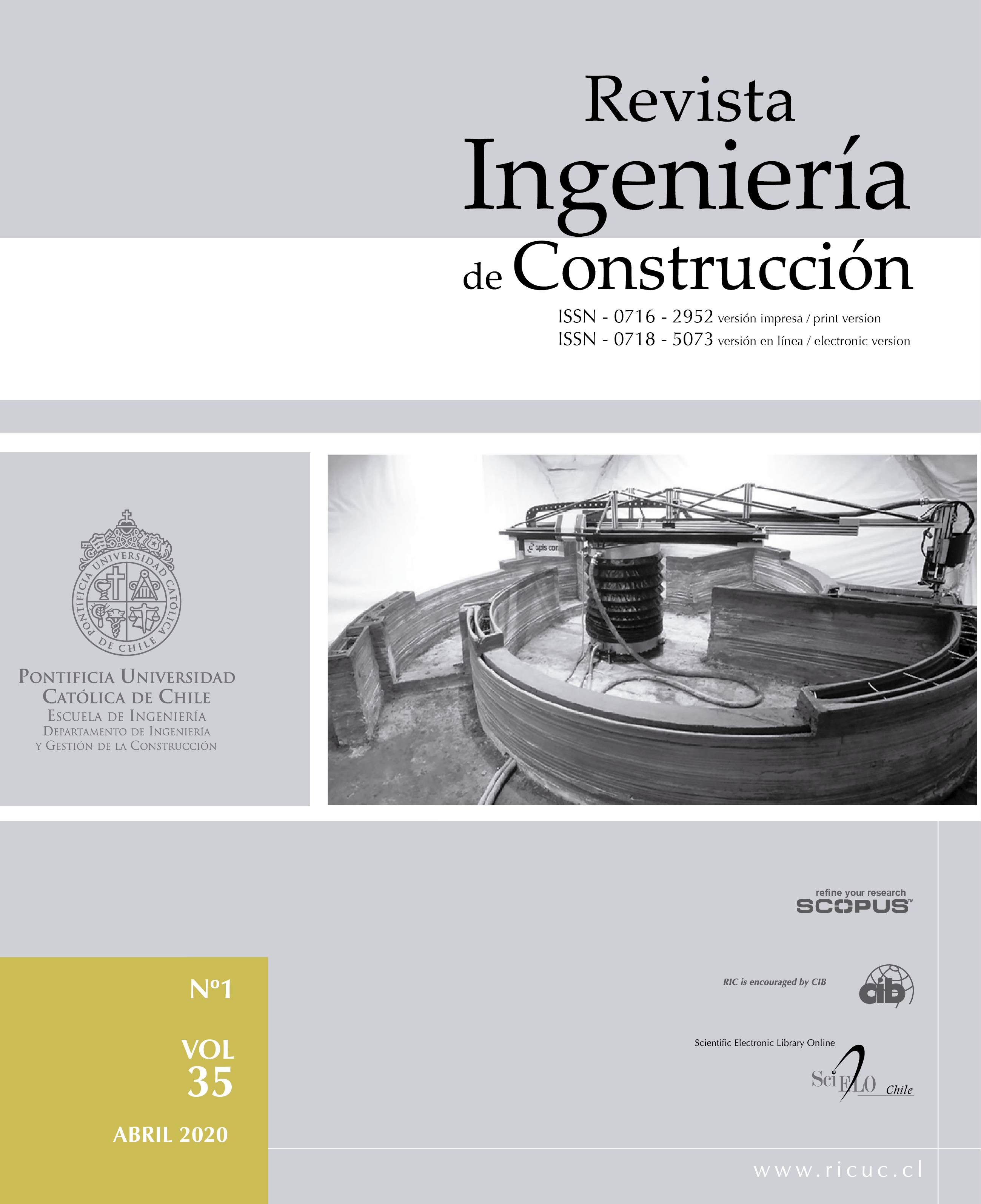Energy-efficient urban buildings. Thermo-physical characteristics of traditional and recycled roofing technologies
DOI:
https://doi.org/10.4067/S0718-50732020000100073Keywords:
Optothermal properties, roofing materials, traditional technologies, recycling, morpho-material characteristicsAbstract
In Latin America, the number of new materials in the construction industry has increased in the past decade. However, the information regarding their optical properties remains quite limited. The general objective of this paper is to categorize different roofing materials, according to their capacity to reduce urban temperatures by calculating the Solar Reflectance Index (SRI), in accordance with the standard ASTM E1980-11. The classification considered 31 types of roof materials of the most frequently used traditional technology in the domestic market, compared with the behavior of one tile made with rubber recycling technology. The roofing materials were classified according to morpho-material characteristics – composition, color, shape, finish. The material with the most efficient behavior is the white polyurethane liquid membrane M11 (SRI=100%) and the most inefficient is the green geotextile asphalt membrane M07 (SRI=28%), while the tile with recycled technology, black French T17, reached and SRI of 51%. Given the intrinsic characteristics of the recycled material, the tiles have great possibilities of enhancing their optothermal behavior by incorporating reflective materials in its composition.
.


